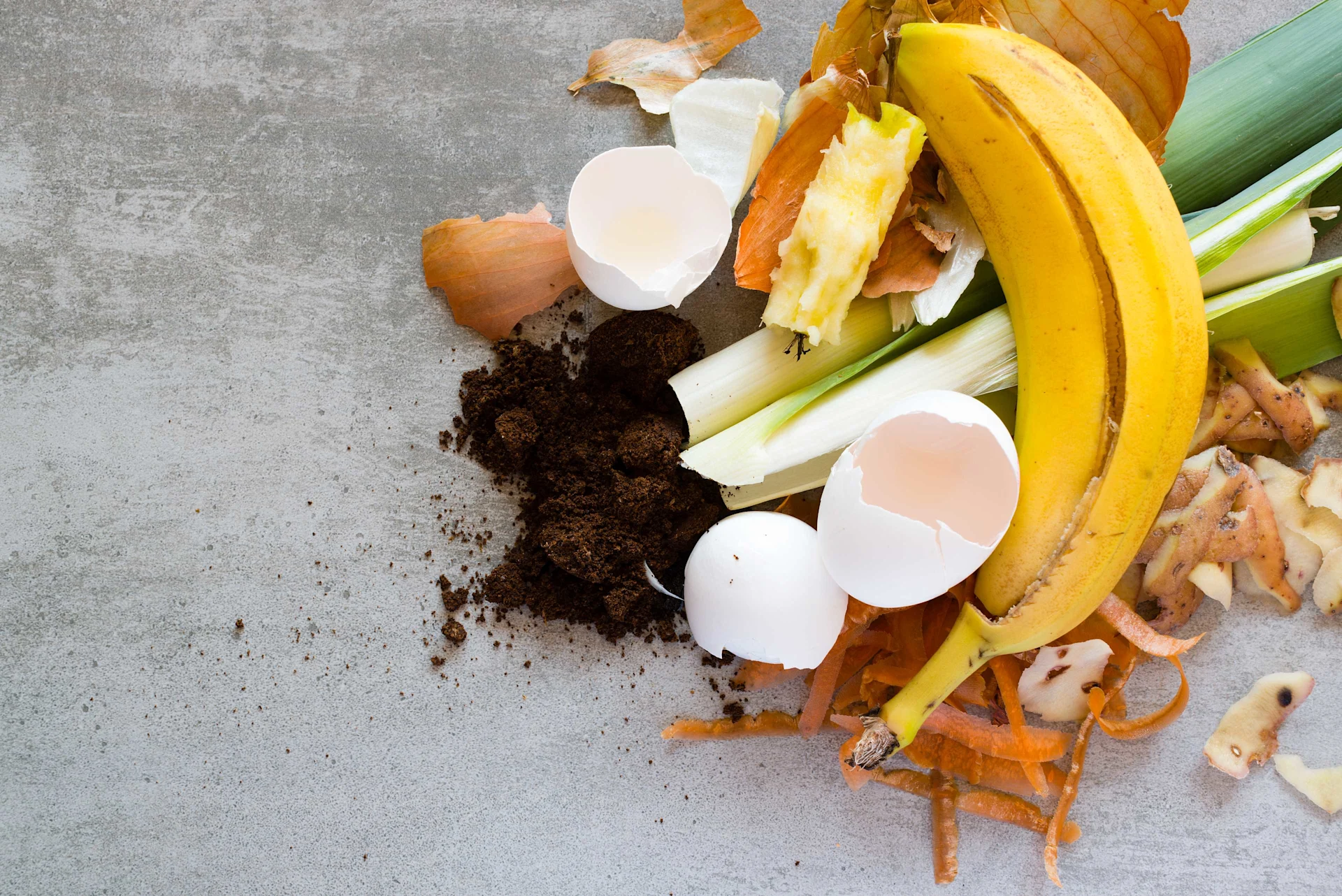
Food waste
What do you know about food waste?
Take part in the food waste quiz and find out how much you already know.
navigation

Ravioli facts
Why every pantry needs some tinned ravioli, how it’s made and how to make it even tastier.
It's believed that ravioli has been around since the 13th century. The tinned variety was first used in World War I as food for Italian soldiers on the front line. The tin can finally made its way into Swiss pantries in the late 1940s. Since then, it has provided all kinds of childhood memories, ranging from traumatic to nostalgic: some could hardly wait until their next helping of ravioli, while others have horrific memories about eating it at scout camp. What do you associate it with?
Organic bud Napoli-brand ravioli is produced on a punching line in Bischofszell. The fresh dough is made from durum wheat semolina, eggs and water, before being rolled out thinly. This is covered with small mounds of the meat filling, before another layer of dough is laid on top. The ravioli are then punched out, blanched for five minutes, mixed with the tomato sauce and tinned immediately. Over a million ravioli are made in this way in a single eight-hour shift. That's equivalent to about 40,000 cans.
Short on time, but still have high culinary standards? Then you can easily make tinned ravioli even tastier. For a touch of creaminess, add a dash of cream or milk to the ravioli while warming it up in a pot. Make it spicier with fresh herbs and plenty of black pepper. A topping of roasted onions provides crunch. Vegetables also work: sauté spinach or diced pumpkin and then stir in the ravioli. If you like gratins, sprinkle plenty of grated cheese on top and bake the ravioli in the oven. Top tip: fry bacon cubes, add some breadcrumbs and heat until golden brown. Then fry a fried egg, place it on top of the ravioli and sprinkle over the crunchy bacon. Buon appetito!
This much-loved organic product is packed with Swiss ingredients. The minced beef, onions, salt, sugar, whole egg, durum wheat semolina, sunflower oil and carrots all come from Switzerland. The rest, such as the tomatoes, breadcrumbs and garlic, come from the EU. Only the pepper is grown elsewhere, namely in Sri Lanka. All the ingredients are organic.
Tin cans are better than almost any other form of packaging at protecting their contents against external influences such as light or oxygen. As a result, food doesn't go off as quickly. Bacteria, micro-organisms, yeast and mould also have no way to penetrate sealed tins. This makes tins perfect for the pantry and keeps canned food fresh for a long time.
With simple tips, you too can reduce food waste. Join now and let’s save food together.